Suzuki Swift Sport Vs Hyundai i20 N: Does Warm Ever Beat Hot?
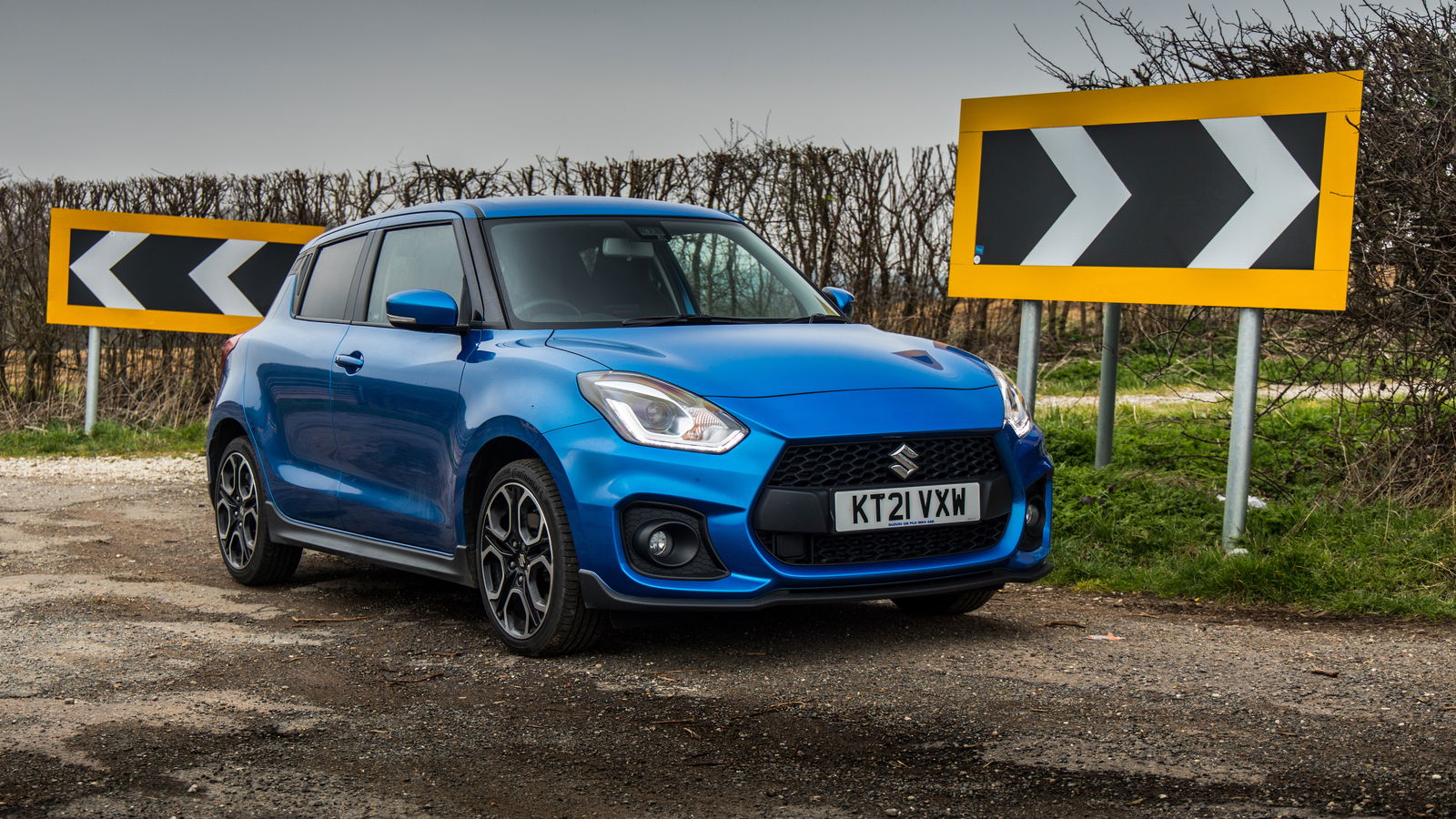
The hot hatch market is looking busier than ever. There are myriad options from a broad spectrum of manufacturers, meaning there’s something out there for every sort of buyer, whether they be after a bewinged tearaway like a Honda Civic Type R or something more demure like a VW Golf GTI. But you know what we’re lacking right now? A good supply of ‘warm’ hatches.
There are a few cars that might fill the void on paper, but they’re not pitched as performance cars and aren’t all that exciting. It wasn’t always this way - the world was once blessed with numerous middleweight pocket rockets like Peugeot’s XSI range and Ford‘s spicy but affordable Zetec S. Halcyon days for younger petrolheads with insurance premiums to think about.
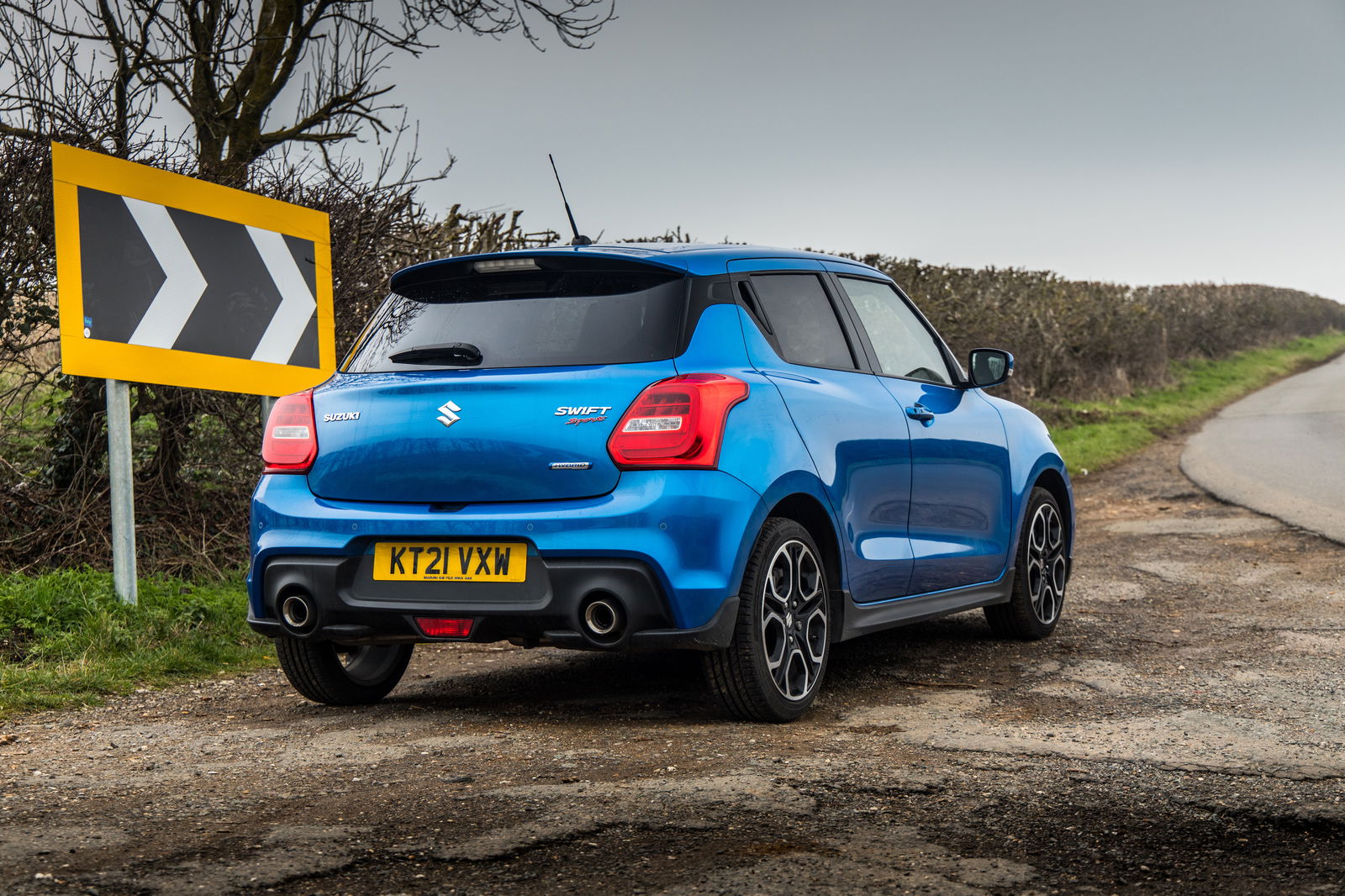
One of the few currently out there is the Suzuki Swift Sport, a car we’re running on a long-term test. It certainly fits the warm hatch bill - the intent is pretty clear from the name, and yet the 1.4-litre ‘Boosterjet’ turbocharged inline-four under the bonnet makes just 127bhp and 173lb ft of torque.
That’s a drop of 10bhp compared to the original third-gen Swift Sport, coinciding with a switch to a new mild-hybrid setup. At the same time, the 0-62mph went up by a whole second to 9.1 seconds. Suddenly, the car’s ‘warm’ status is in danger of becoming ‘tepid’.
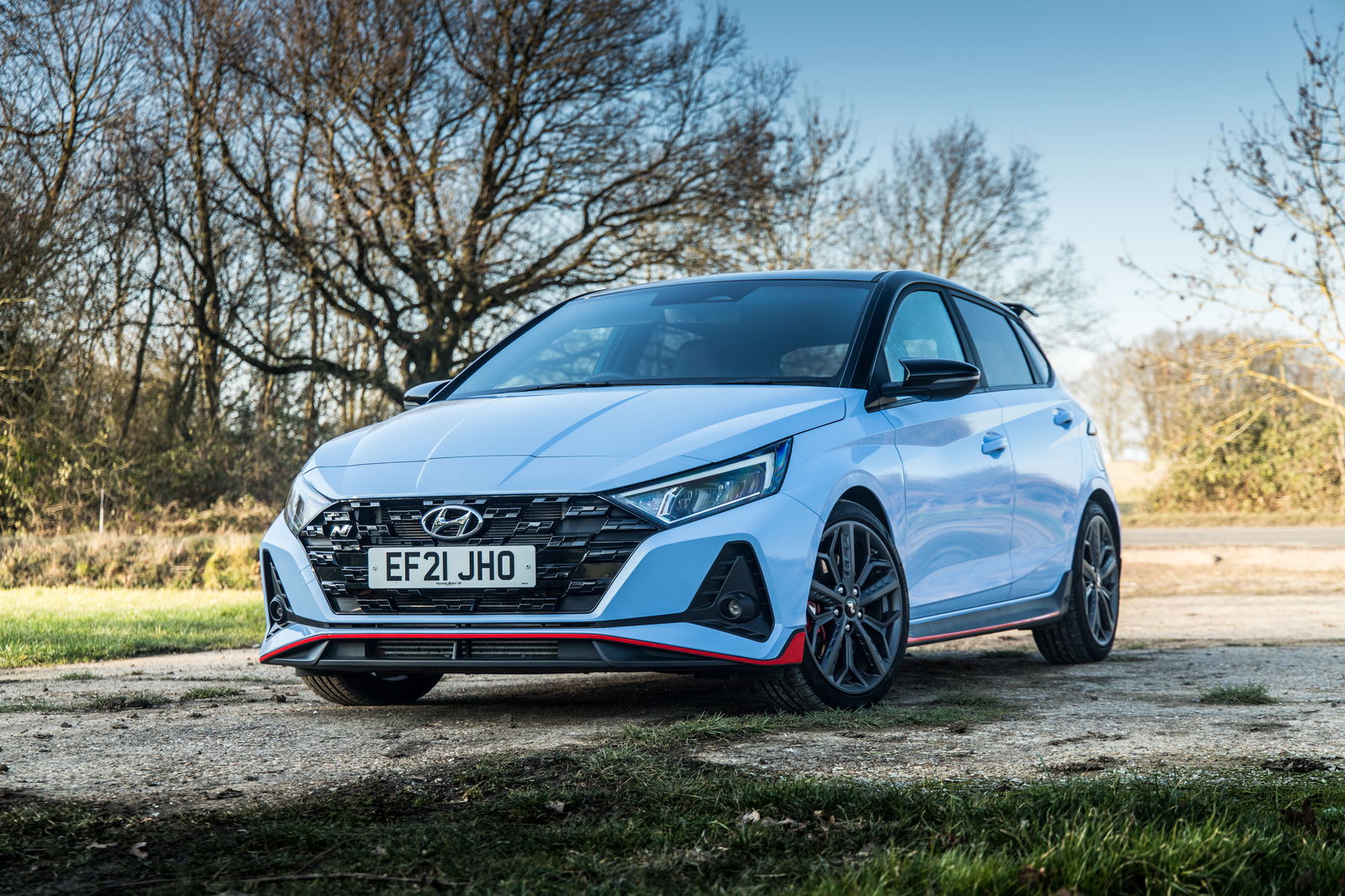
The Hyundai i20 N, on the other hand, is one of most exciting affordable(ish) performance cars around right now. Its 1.6-litre four-pot delivers 202bhp and 203lb ft of torque, providing a 0-62mph time of 6.7 seconds - nearly two and a half seconds faster than the massively outgunned Swift Sport.
Hyundai has done plenty to make the most of this power. There are 12 reinforced chassis points, new suspension geometry with increased negative camper, a new front anti-roll bar, and new springs/dampers. Power makes its way to the tarmac via a six-speed manual gearbox, a mechanical limited-slip differential and bespoke Pirelli P Zero tyres. So why, you might be wondering, would one bother with the humble Suzuki when this and the equally spicy Ford Fiesta ST exist?
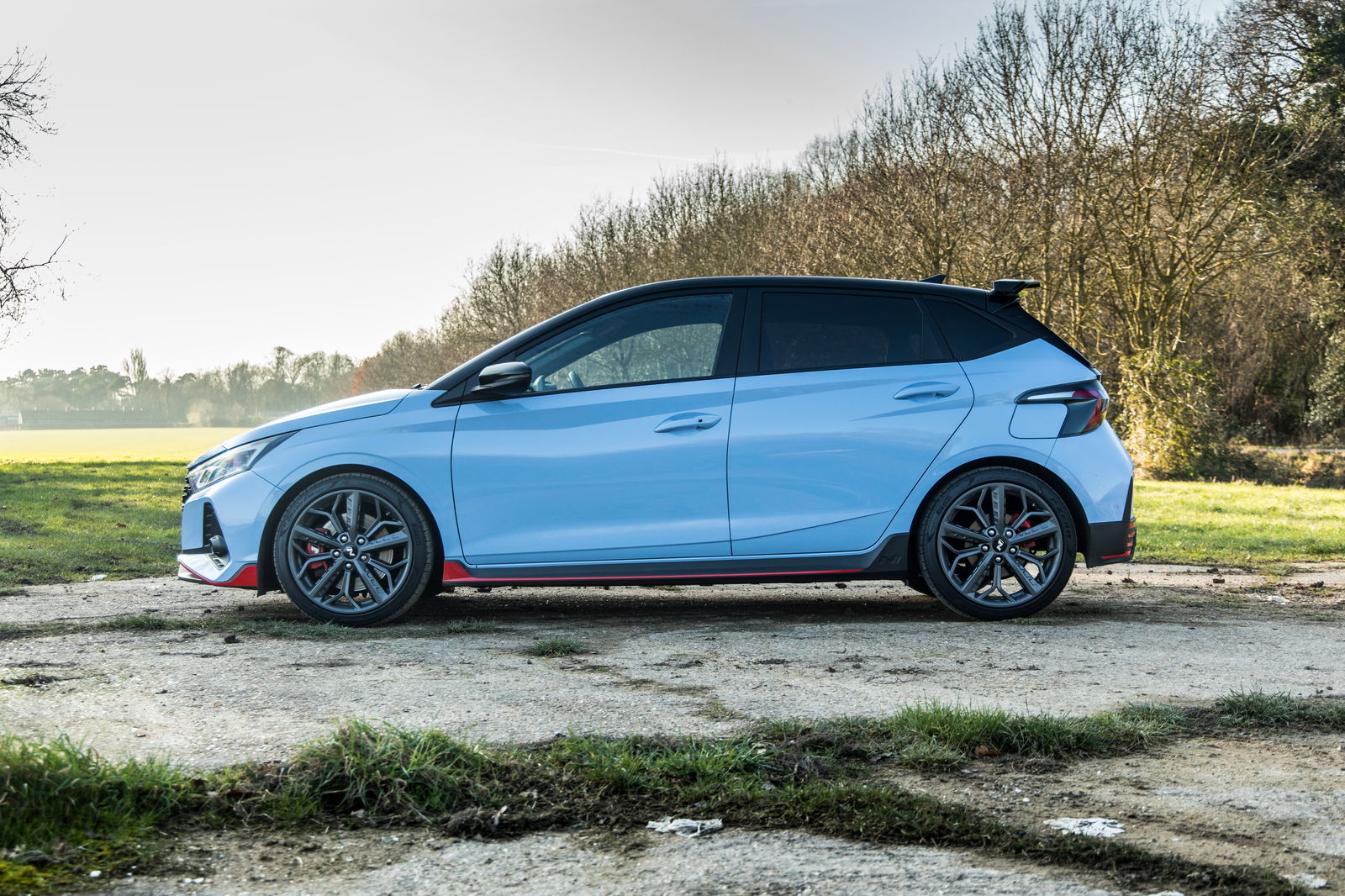
Taking the i20 N out for a good drive, an answer isn’t forthcoming. It’s a thrilling little car, with a surprisingly brawny engine giving strong straight-line pace, and a very well-sorted chassis making light work of whatever corners lie ahead. A stiff setup keeps body roll in check, and the turn-in nice and sharp.
The middle bit of the bend and the corner exit are always a joy, with incredible traction keeping the front end in line and shooting you out the other end. It’s not quite as adjustable on the limit as the aforementioned Fiesta, but that’s a small complaint. What’s a more significant blot on the i20 N’s report card is a slow closing electronic throttle, which makes for some annoying rev hang you ‘catch’ during faster gear changes. But it could be worse - we’ll get to that shortly.
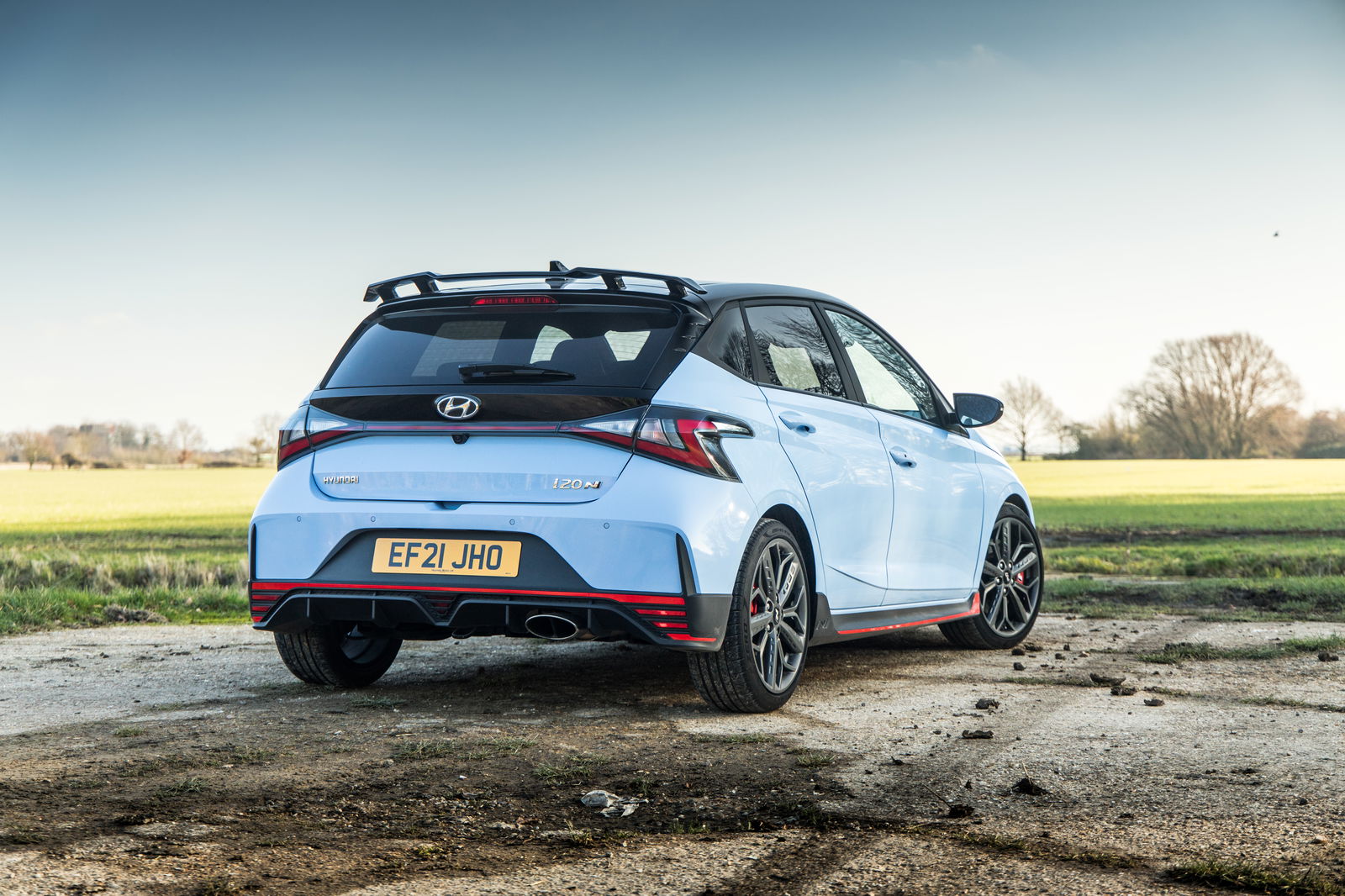
Switching to the Swift, there’s a noticeable increase in low-speed ride comfort, an area in which the i20 N doesn’t score so well. Suzuki has made some important chassis changes relative to the boggo Swift, however. These include Monroe shock absorbers, fatter anti-roll bars and stiffer rear torsion beam with newly developed trailing arms.
These alterations all work nicely. But show the Suzuki a set of corners, and it soon reveals itself to be far less serious than the Hyundai. Even with a less rambunctious engine powering the front wheels, traction levels are amusingly low. There’s a noticeable increase in body roll, too.
This is half the fun - you don’t have to be driving that hard to find the Swift Sport’s limits, and when you’re there, a well-timed lift or tap of the brakes rotates the car easily. It’s just a fun car to chuck around, thanks in large part to the weight advantage it has over the Hyundai, tipping the scales at around a tonne.
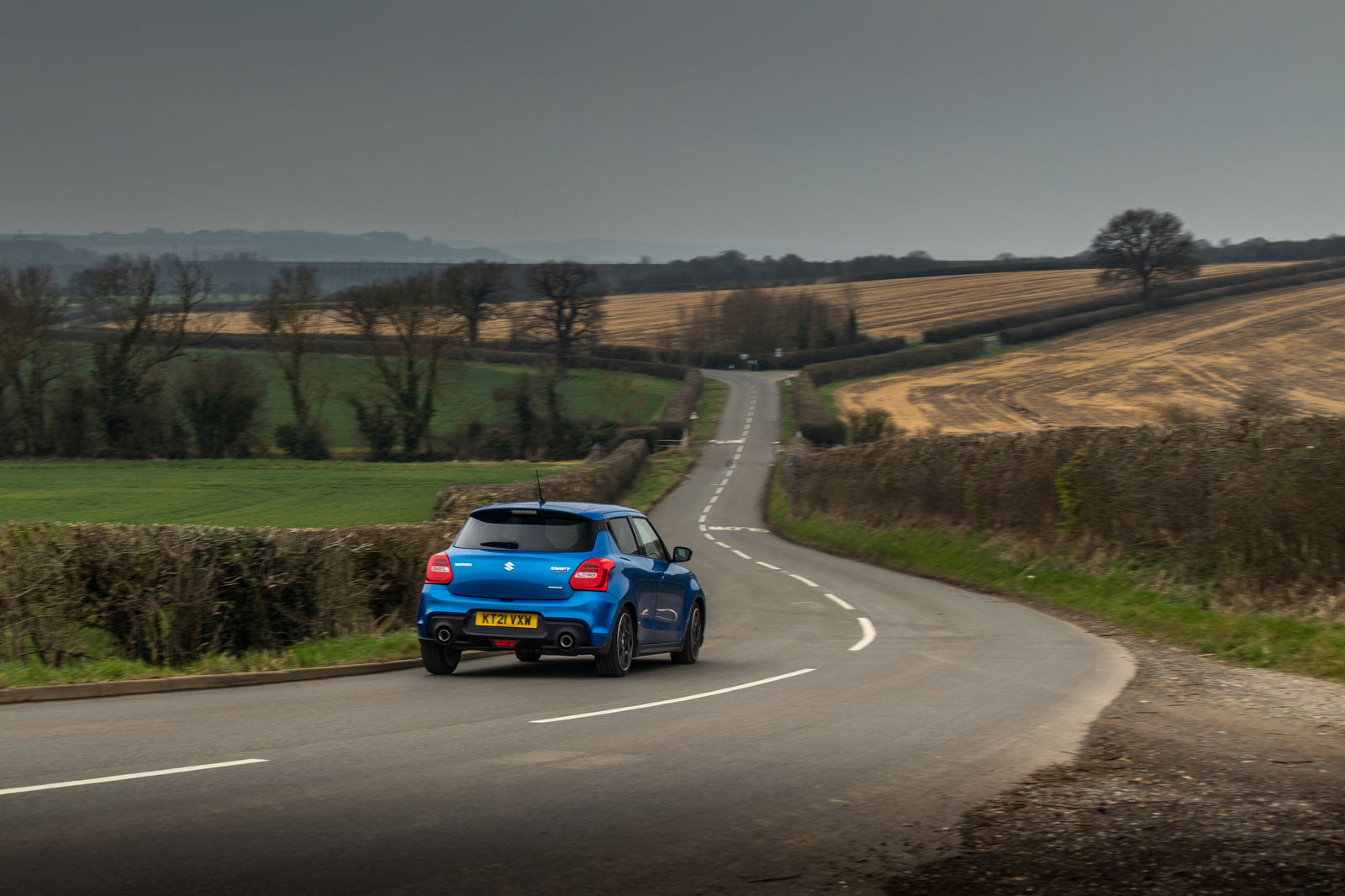
A lack of capability compared to the i20 N makes for a car that’s less hair-raising, but more fun and accessible. Plus, a lower power level means you can floor it more often and for longer. The only trouble is, the engine has some issues.
Firstly, it has zero interest in being revved out, but much worse than that, the rev hang is even worse than on the Hyundai. Much worse. It means anything other than a slow, gentle gearchange results in an annoying spike in revs because the electronic throttle takes an age to close.
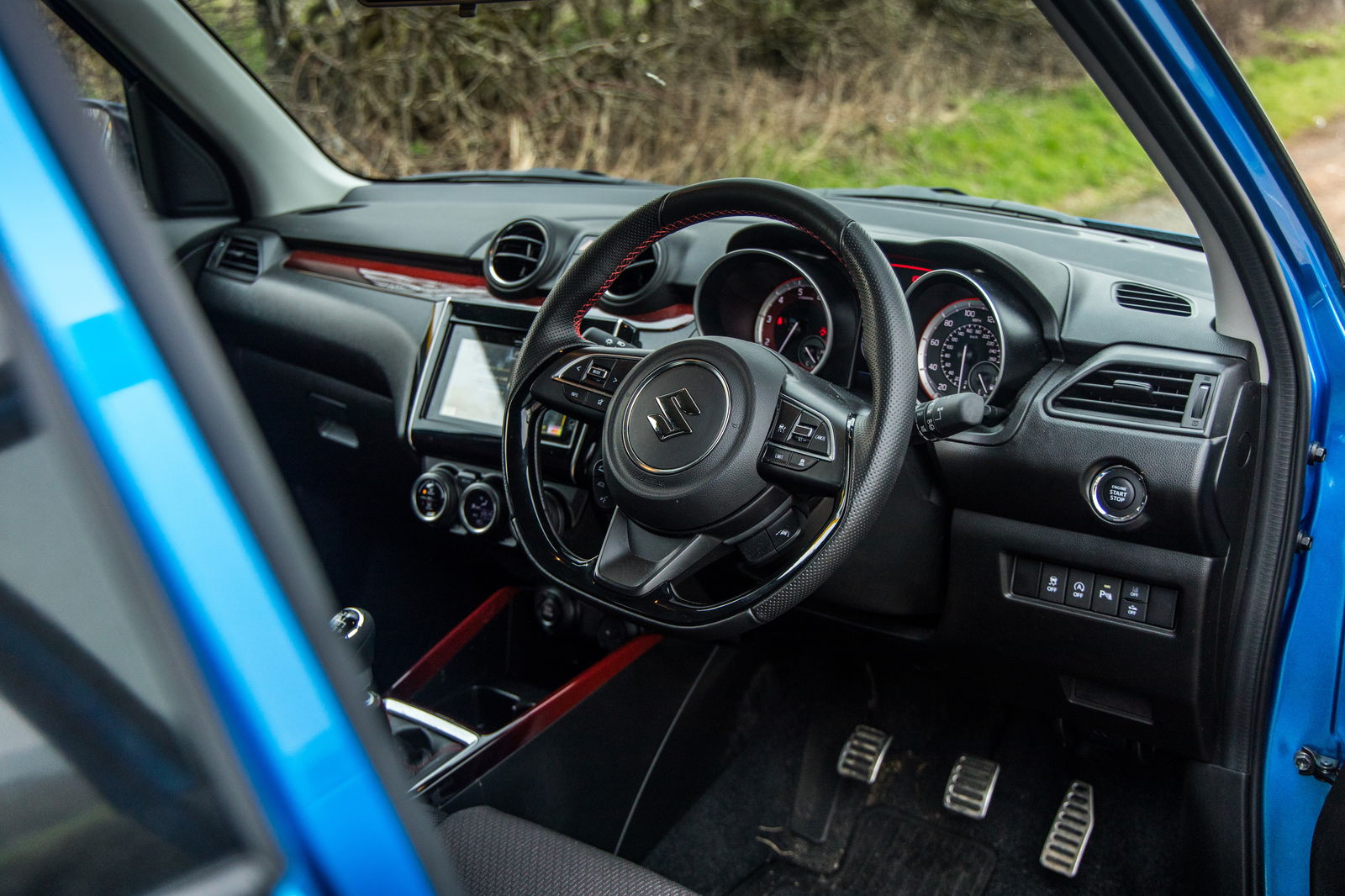
This might be forgivable if the Swift was easier to live with, but despite a softer, more comfortable suspension setup, it isn’t. It feels cheaper inside, is noisier at cruising speed, and lacks a central armrest. If you’re looking for something to do a few longer trips in, the Swift isn’t for you.
Despite its foibles, the Swift Sport does plenty to win you round, and if you’re looking for something cheaper to run, I can see the temptation. Buying it in the first place is cheaper too, but not by a big enough margin to stop the Hyundai from feeling worth the extra. At £21,570 the Swift Sport is £3650 less, and on a PCP you’re saving about £40 a month and roughly £2k off the optional final payment.
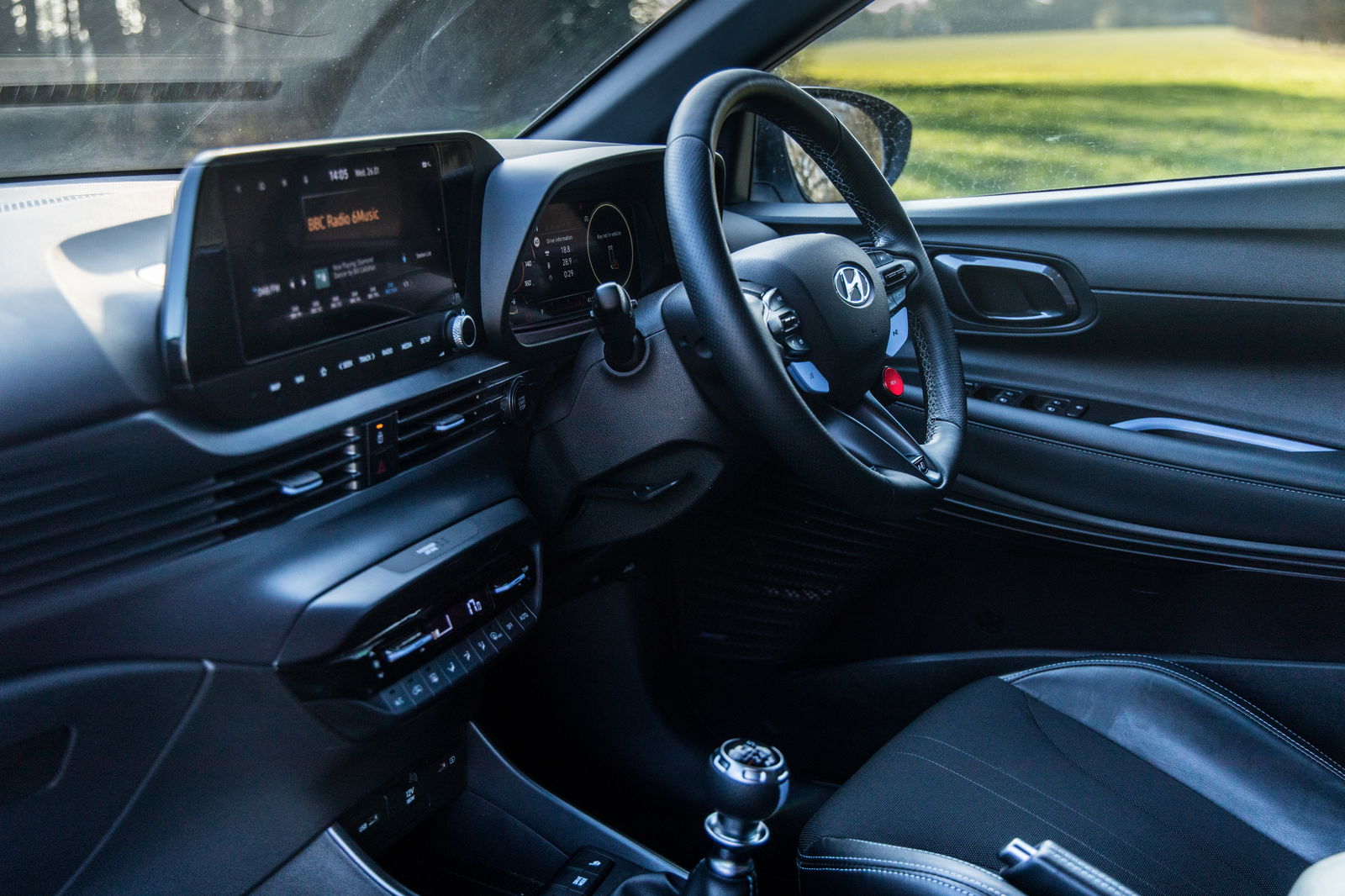
My main conclusion from all of this? There really ought to be more cars occupying this ‘warm hatch’ space. As hot hatches have become more complex and capable, such little rascals make more sense than ever. And as one of the few current representatives of the genre, it’s a pity the Swift Sport isn’t a little better.
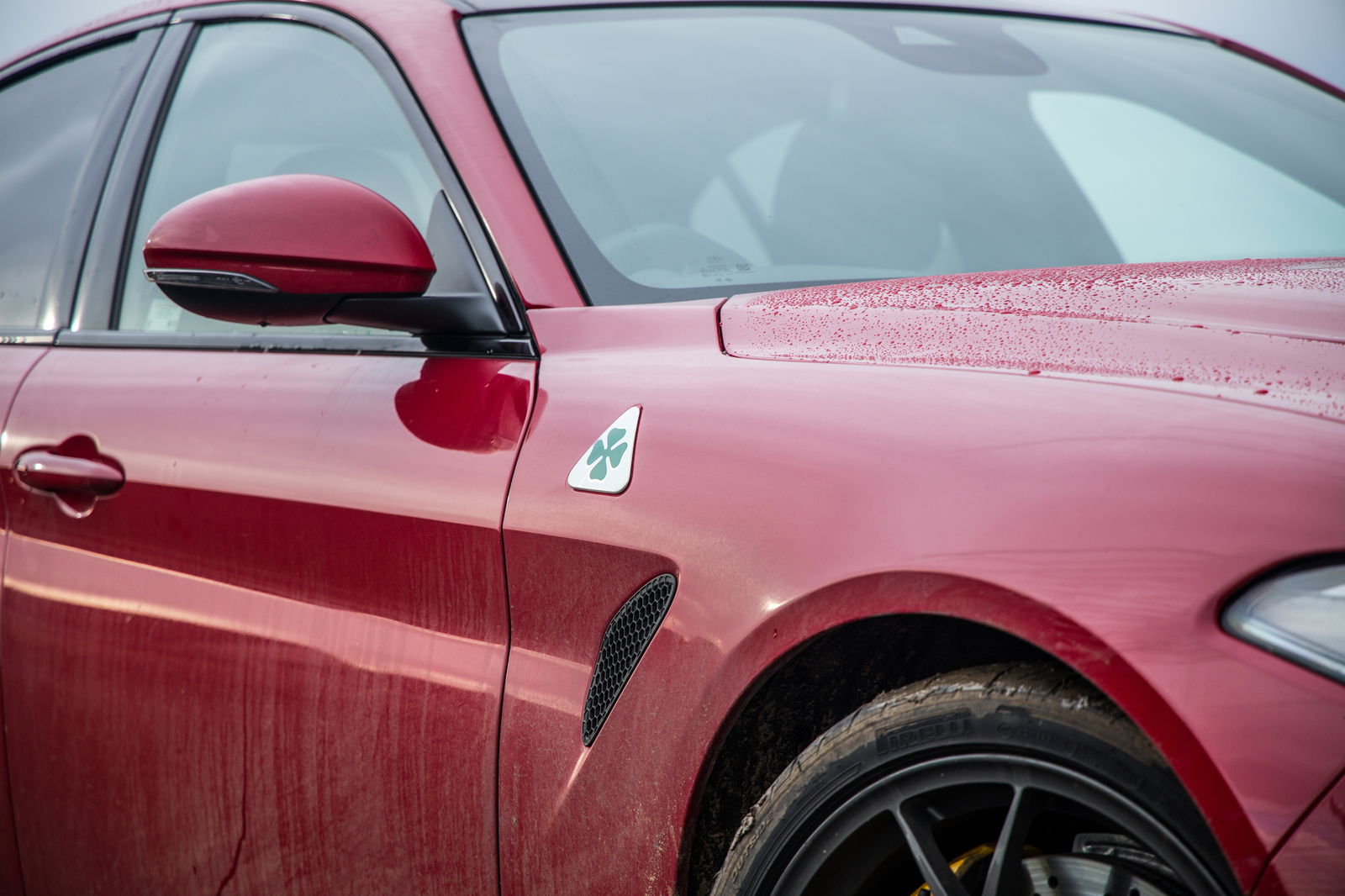
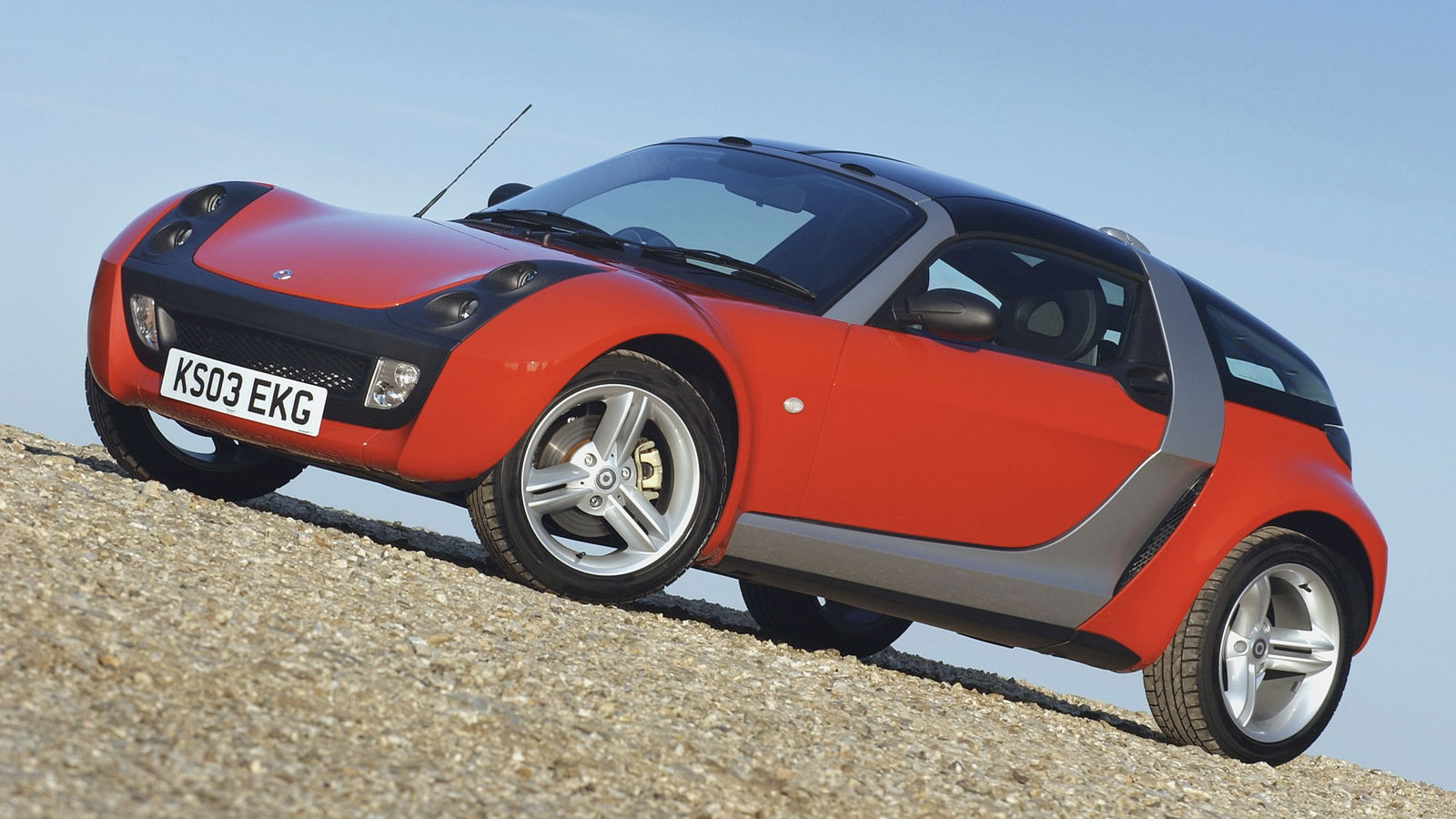

Comments
The “Peugeot’s XSI” hyperlink links to the manufacturer subaru